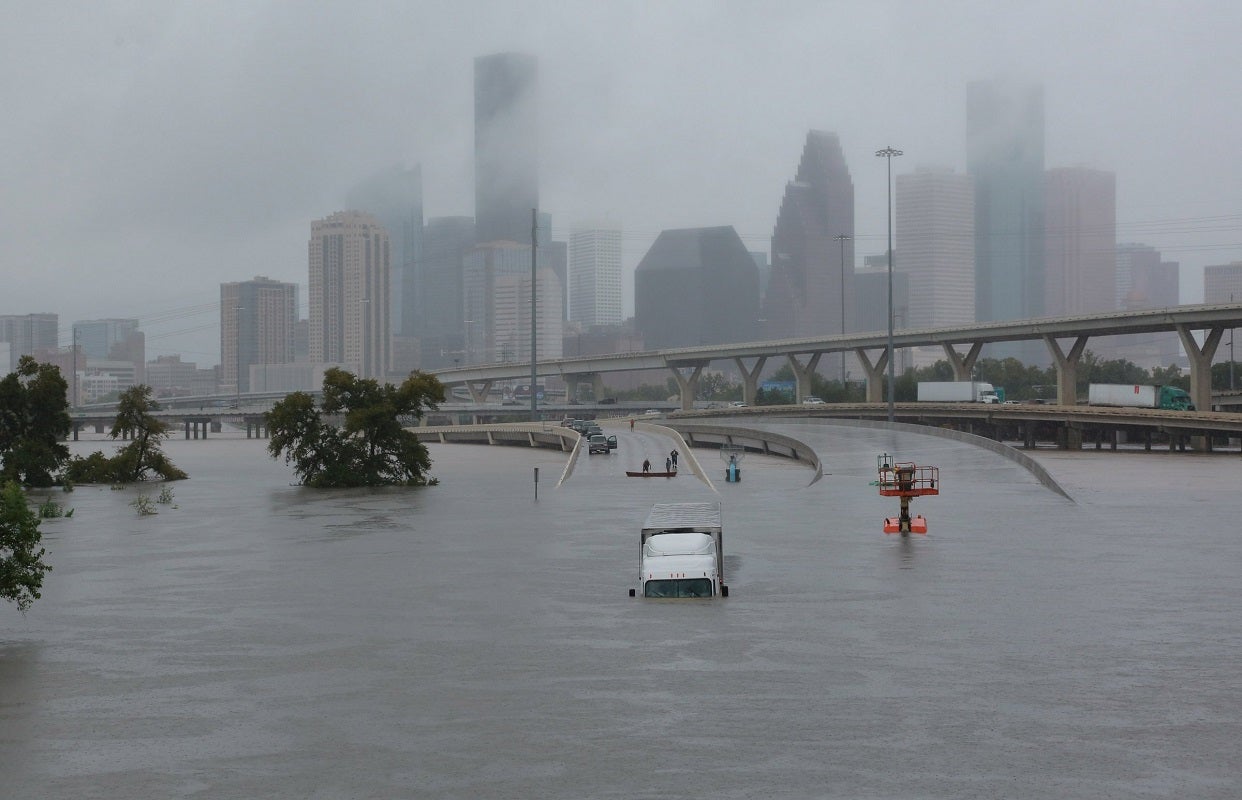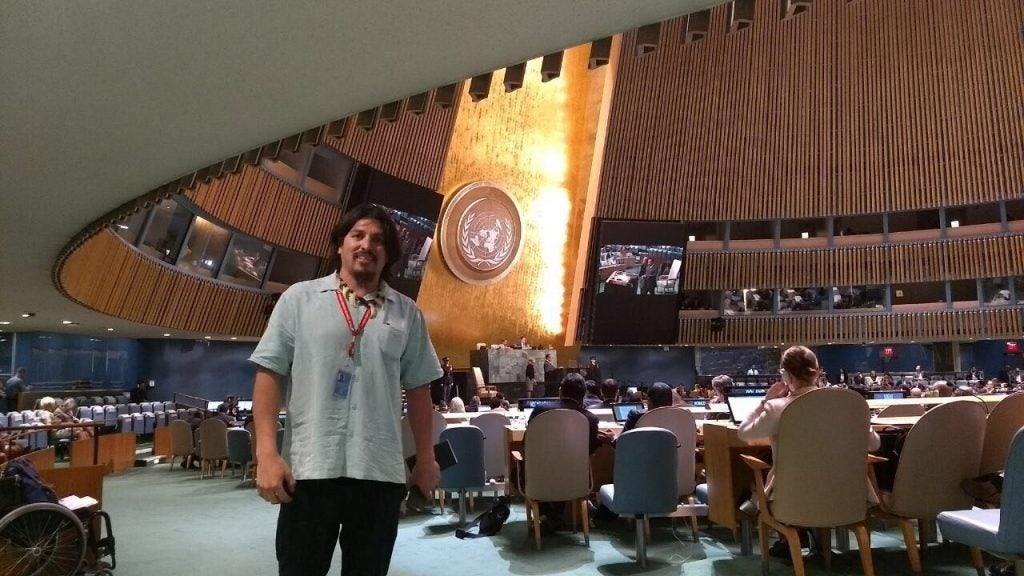How will forests be on the “menu” at UN Bonn climate talks?
By Chris Meyer

The 2017 UN climate talks will take place from November 6 to 17 in Bonn, Germany | Photo: Pixabay
This year’s global climate conference (COP23) is upon us and will be an interesting mix of Fijian diplomacy and Kölsch beer. As I do every year, in this year’s pre-COP blog I lay out what will be happening during the COP related to REDD+ in the negotiations and what I hope to hear about in the hallways and many side events.
The COP23 conference is expected to be a working COP as parties make the necessary progress in rule writing to meet the 2018 deadline of a final rulebook. There will also be a lot of news about non-state actors – the private sector, states like California, and other non-federal entities – being discussed as a reaction to Trump’s reckless decision to leave the Paris Agreement.
For a good overview of how we are doing in with respect to the climate change and forest sector, I suggest reading this year’s New York Declaration on Forests report. It includes a good review on progress in the private sector (or lack thereof) and funding for forest conservation – and activities causing deforestation.
But, back to the UNFCCC …
REDD+ in the negotiation agenda
After a year’s hiatus from the COP agenda, REDD+ will make an expected brief appearance in the Subsidiary Body for Implementation (SBI) agenda the first week during discussions about the “coordination of REDD+ finance”. This is a leftover item from the Warsaw REDD+ Framework decision, when parties agreed to not create a “REDD+ Committee” to coordinate REDD+ finance as some parties wished, but rather annual informal and voluntary meetings during the mid-year subsidiary body negotiations (SBs) for 4 years to share experiences about REDD+ financing. Many of the attendees from parties to observers would agree that these informal meetings were of little value.
In this COP, negotiators are scheduled to reevaluate whether to continue the SBs or create the REDD+ Committee. I doubt there will be interest in either of them. However, the agenda item could be used as an opening to push a party’s or coalition’s not completely related proposal for financing REDD+, such as a centralized registry for REDD+ transactions.
REDD+ related negotiation items: transparency, NDCs and market
Much of the Warsaw Framework for REDD+ addressed transparency. After following initial discussions in the broader transparency agenda item that is part of the APA, many parties and negotiators are worried that those negotiations might dilute what was achieved for REDD+. Transparency in REDD+ thus far includes the Lima REDD+ Information Hub where countries submit their National REDD+ Strategies, Reference Emission Level (REL) submissions, Safeguard Information System summaries, and results. The process established for reviewing the RELs, which includes a technical assessment and publication of that assessment, is very important. The fact that the new US negotiator for transparency is the former REDD+ negotiator for the US, however, could be very helpful to ensure no dilution occurs.
Many of the party submissions on producing Nationally Determined Contributions (NDCs) mentioned the land use sector explicitly, and REDD+ implicitly. The more detail related to the inclusion of the land use sector in NDCs the better, but it might be hard for negotiators to come to agreement on the extent or nature of those details.
The market negotiations under the SBSTA will continue; those on Article 6.2 of the Paris Agreement and Internationally Transferred Mitigation Outcomes (ITMOs) are particularly relevant. More explicit guidance on no double counting/claiming is needed to ensure environmental integrity for REDD+ and ITMOs that might come from any other sector or project. REDD+ in itself, however, does not need explicit language in Article 6.2.
Other noticeable REDD+ financing developments
The Green Climate Fund recently approved guidance and $500 million for REDD+ results based payments, which I expect to be discussed substantially during the COP. Although the amount is not sufficient, the methodologies the GCF agreed upon will be relevant to other REDD+ finance decisions in the future.
Private finance for advancing deforestation free commodities is another hot topic and I expect to learn more concrete details about the andgreen.fund that was announced earlier in the year. Specifically, I’d like more clarity on how they will be defining jurisdictions advancing in becoming deforestation free, which is a requirement of the fund to determine what private sector actors will be funded.
This year’s report on New York Declaration on Forests provides extensive insight on the current state of forest finance. The report reviews the billions of pledges, commitments, and amounts spent to advance REDD+. More interesting is the amount of “grey” funding available from public subsidies and private sector investment for the land sector. The amount of “grey” funding greatly exceeds direct REDD+ funding and needs to be changed or channeled to activities that support forest conservation.
Indigenous Peoples in the negotiations
Indigenous territories have rates of deforestation eight times less than external forests.
Indigenous Peoples are hoping for a decision on the Indigenous Peoples’ traditional knowledge platform that will support the inclusion of them and their solutions to mitigating and adapting to climate change. A number of parties from Ecuador to Canada are prioritizing and supporting this platform. While interested in all agenda items, Indigenous Peoples will also probably focus on the NDC negotiation to ensure that the need to include them in the development and revision of the NDCs is explicitly mentioned. Many party submissions on the topic included the need for NDCs to discuss how they consulted Indigenous Peoples and other groups in their development.
Indigenous leaders from the Amazon basin will be promoting a new scientific analysis which found, that from a regional level, indigenous territories have rates of deforestation eight times less than external forests. Hopefully, parties will take note of this and include more overt references to the importance of supporting and including Indigenous Peoples in decisions.
Reporting on progress by countries implementing REDD+
While not formally on the negotiation agenda, I expect a number of countries at their pavilions or in other events to present the final versions of their National REDD+ Strategies. Parties have already submitted 25 Reference Emission Levels (REL) and I expect a few more to arrive during the COP or before the end of the year. Discussions around best practices in REL construction and lessons learned will be a popular topic – amongst the technical people at least.
The richest presentations and discussions related to REDD+ will likely happen on November 12th during a set of panels on forests as part of the Action Agenda, now called the Marrakech Partnership for Climate Action. During this event, I hope to hear more about how the private sector is implementing the 700+ deforestation-free related commitments they’ve taken, but largely have yet to implement.
A “working” COP
Many expect no big decisions on forests – like a Warsaw Framework for REDD+ – to be agreed upon at this COP. However, I would like to see a decision on the platform for Indigenous Peoples’ traditional knowledge, which would be helpful for REDD+.
The parties should make progress on advancing the markets, NDC, and transparency negotiations that are indirectly related, but no less important, to REDD+. Decisions on those topics at the COP next year, as mandated in the Paris Agreement, are essential for continuing the implementation of REDD+ and unlocking necessary finance.





